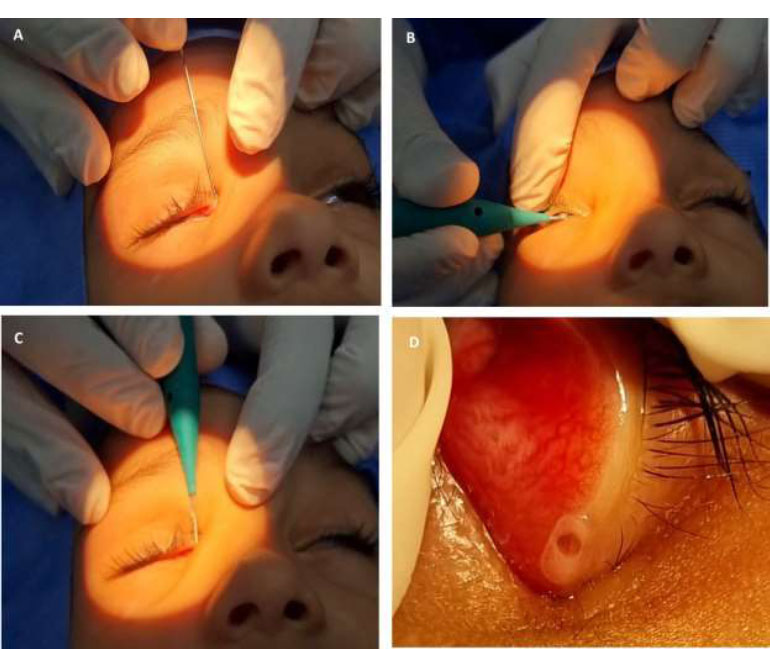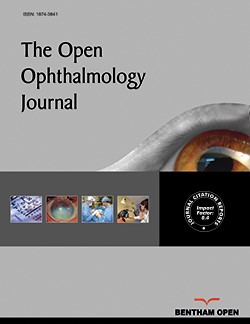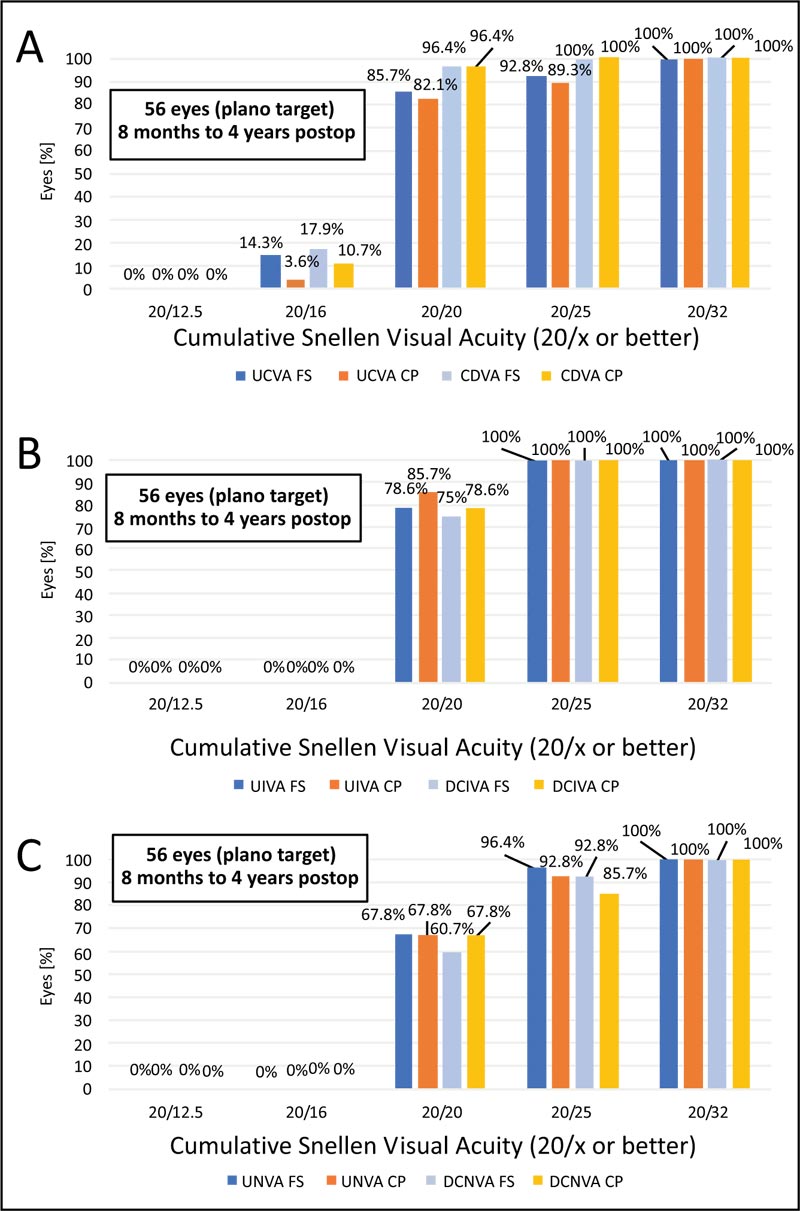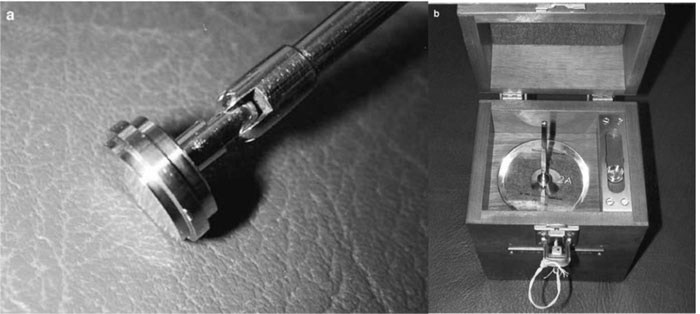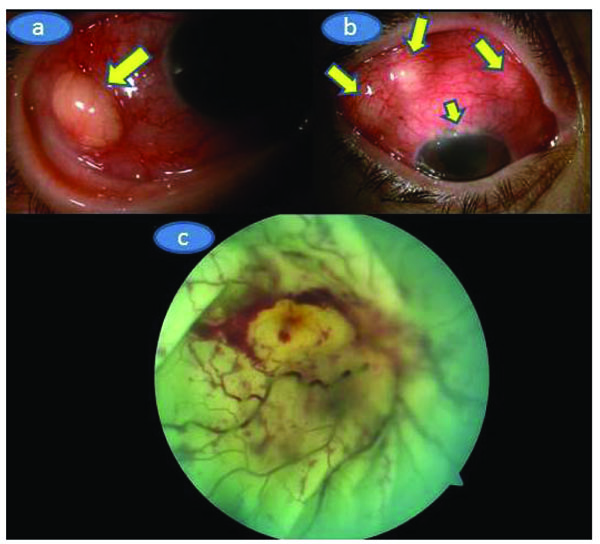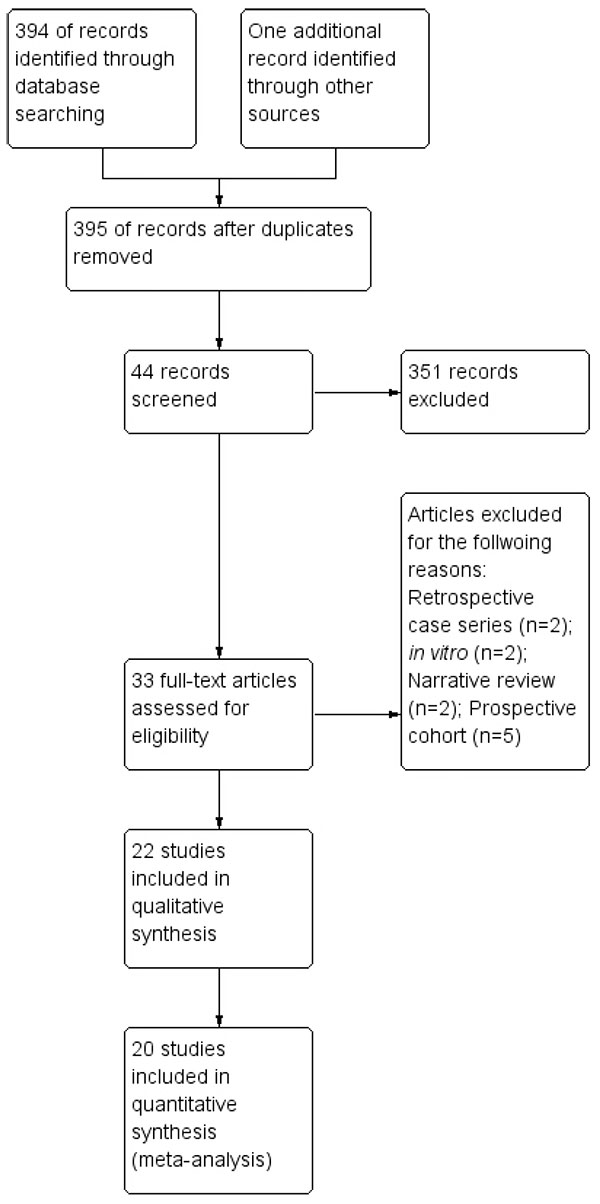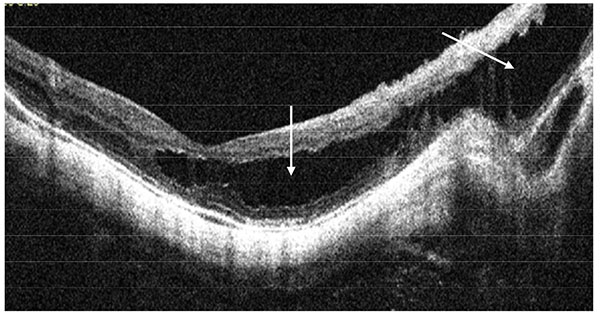The Open Ophthalmology Journal is an Open Access journal, which publishes research articles, reviews/mini-reviews, letters and guest-edited single topic issues in all important areas of experimental and clinical research in ophthalmology, including ophthalmological therapies, devices, and surgical techniques used for the treatment of eye diseases and refractive errors.
The Open Ophthalmology Journal, a peer-reviewed journal, is an important and reliable source of current information on developments in the field, including physiological optics, optometry, and reconstructive surgery. The scope of the journal also covers studies related to the anatomy and function of the cornea and retina. Emphasis is placed on publishing quality papers, making them freely available to researchers worldwide.
